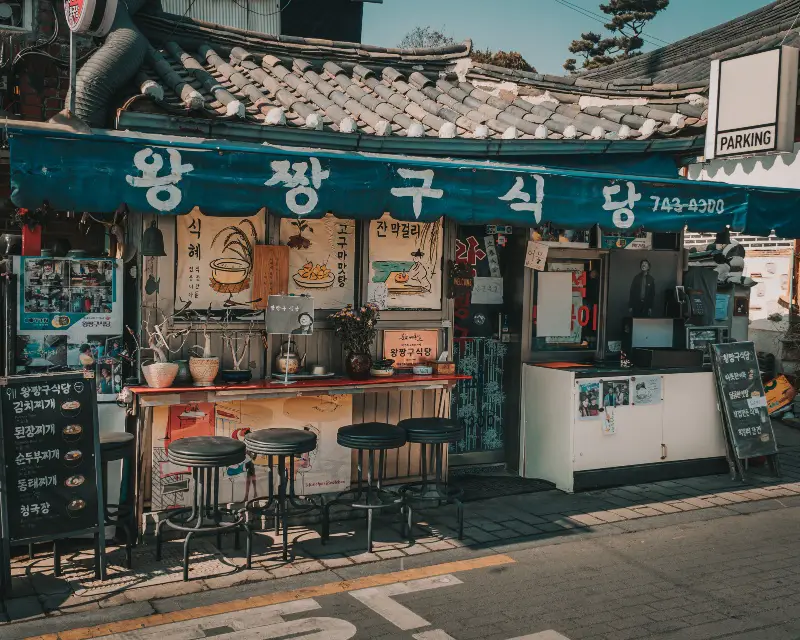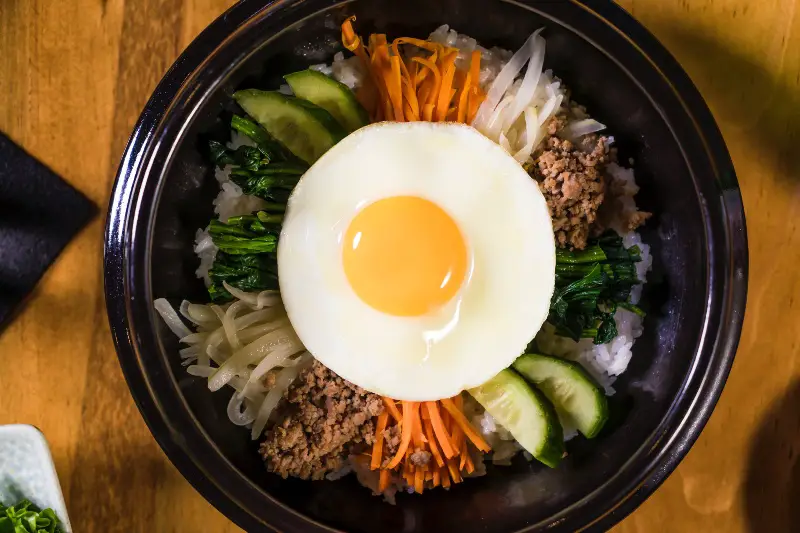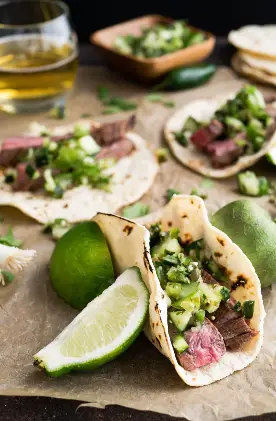Food is a common language that transcends national borders and connects people from around the world. Through culinary interests, we can find ourselves on a gastronomic journey that not only satisfies our taste buds, but also takes us behind the scenes of a culture where the wisdom of traditions and ways of life are on display. From street food stalls to Michelin-starred restaurants, embark on a discovery of food through South Korea.
Wherever your journey may take you, the ultimate trip relies on having the right documents, and iVisa.com suggests the best cost-effective planning for your foodie holiday ahead. Here are some tips on how to experience the best of Korea’s cuisine.

Unveiling the Cultural Diversity
Food often reflects the cultural diversity of a region. Each dish has a story to tell, and carries the heritage and traditions of a particular community. By enjoying various cuisines, you will deepen your understanding of other cultures. From spicy curries in India to soft sushi in Japan, and aromatic spices in Morocco to comforting pasta in Italy, every bite immerses us in the customs and values of a particular society. But what about the finger licking taste of South Korean dishes?
Known as hansik, Korean food is a delectable experience known for its vibrant flavors, careful preparation technique, and dedication to fresh ingredients. With a rich culinary tradition dating back thousands of years, Korean cuisine has developed into a unique blend of heritage and innovation, offering a mouth-watering variety of different dishes.
Balance Maintained by Korean Food
One of the features of Korean cuisine is its emphasis on balance and coherence. A typical Korean meal harmonizes with a variety of dishes carefully selected to ensure a balance of flavors, textures and colors. The main course comes with a number of side dishes called banchan, such as kimchi (fermented vegetables), namul (seasoned vegetables), and jeon (fried pancake). This diverse banchan series adds depth and complicity to any meal.
Kimchi
A staple of Korean cuisine, kimchi is a fermented dish of cabbage, radishes, and other vegetables seasoned with chili, garlic, ginger, and other spices. It is not only a delicious side dish, but also a symbol of Korean culture. Kimchi is popular all over the world because of its unique flavor.
Bibimbap
Another popular Korean dish is bibimbap. This translates as “mixed rice”. A rice bowl topped with seasoned vegetables, meat (beef, chicken, etc.), and a fried egg. The dish is usually served with gochujang, a spicy red chili paste that adds a delicious twist to the flavor combination.

Gogi-gui
Korean barbecue, also called gogi-gui, is a gourmet experience not to be missed. Marinated meat such as beef (bulgogi) and pork (samgyeopsal) is thinly sliced and grilled on the table, so you can enjoy the hot taste while it is fresh. The grilled meat is wrapped in lettuce leaves and served with hearty ssamjang.
Conclusion
Korean cuisine not only provides a wide variety of flavors, but also shows you the country’s deep artistic roots and traditions. From its intensely fermented kimchi to its tender barbeque meats, Korean cuisine continues to captivate foodies around the world and has become an essential part of the global gastronomic scene.























